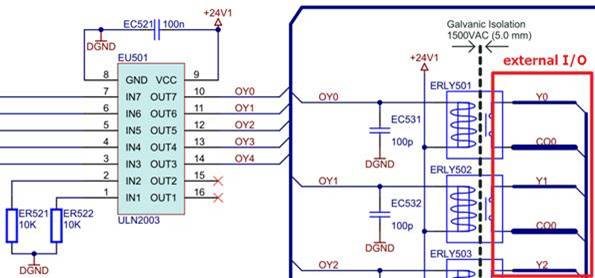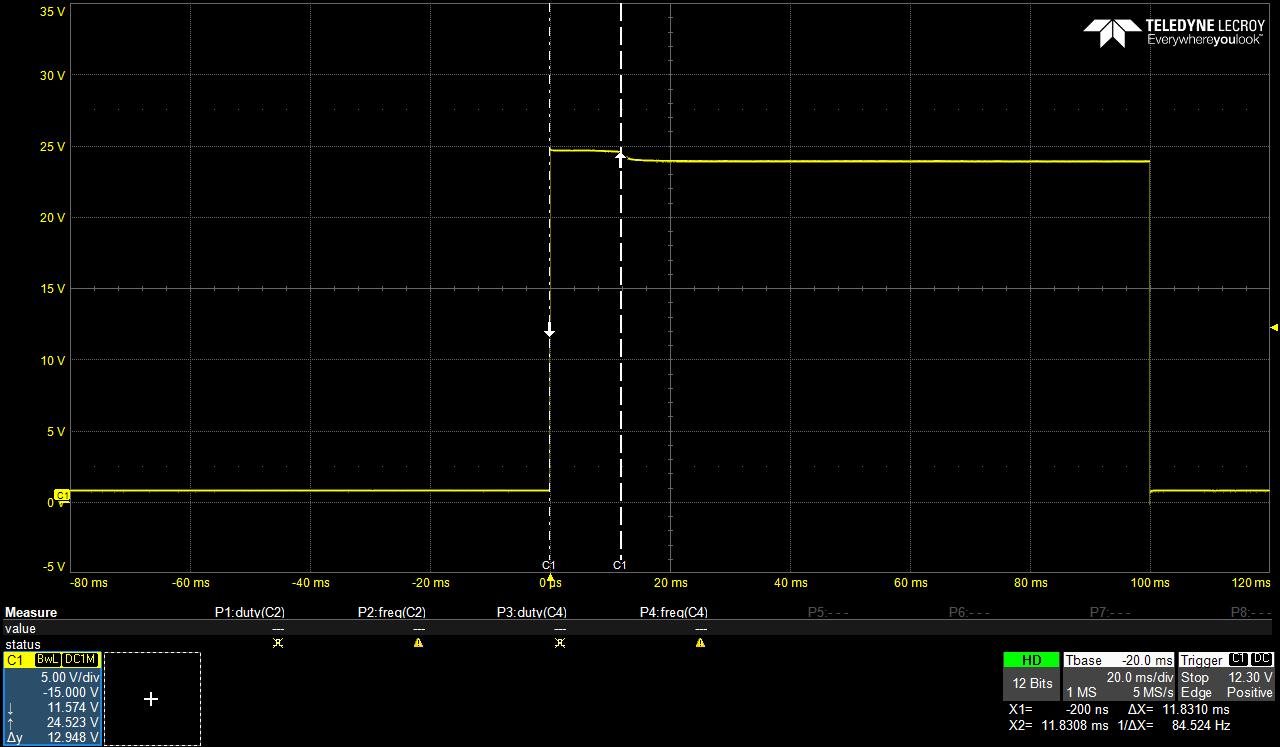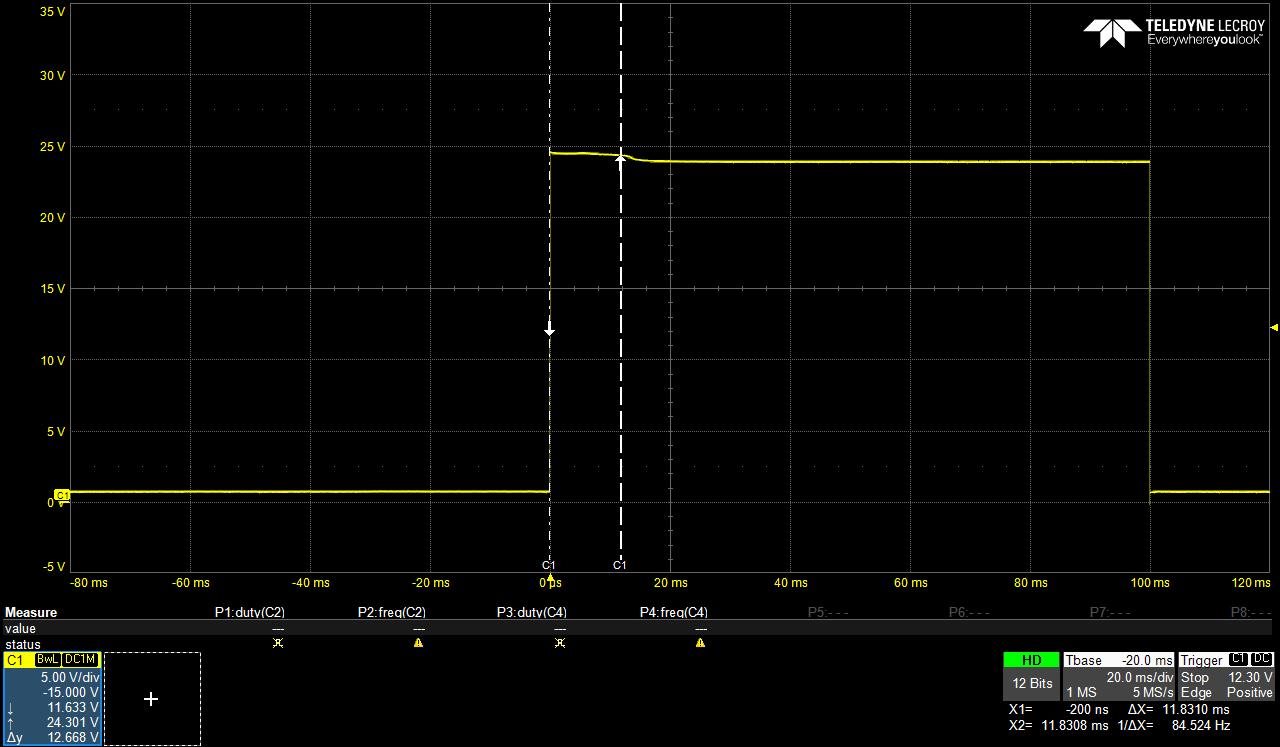Hi Team,
My customer used ULN2003ADR in PLC DO application that drive relays, the circuit as below.
It is the customer's standard circuit and implement on many projects, customer sometime receive returned failure equipments from their end customer and found ULN2003ADR got damaged.
Actually, the failure rate is not large. Customer would like to know is there any protection circuit can be added to get their product more robust.
Dose team have such experience and can provide any recommendation.
Thanks very much.
Vincent Chen





